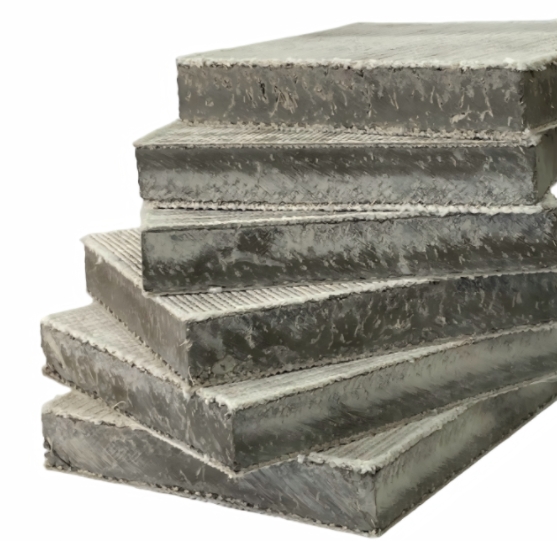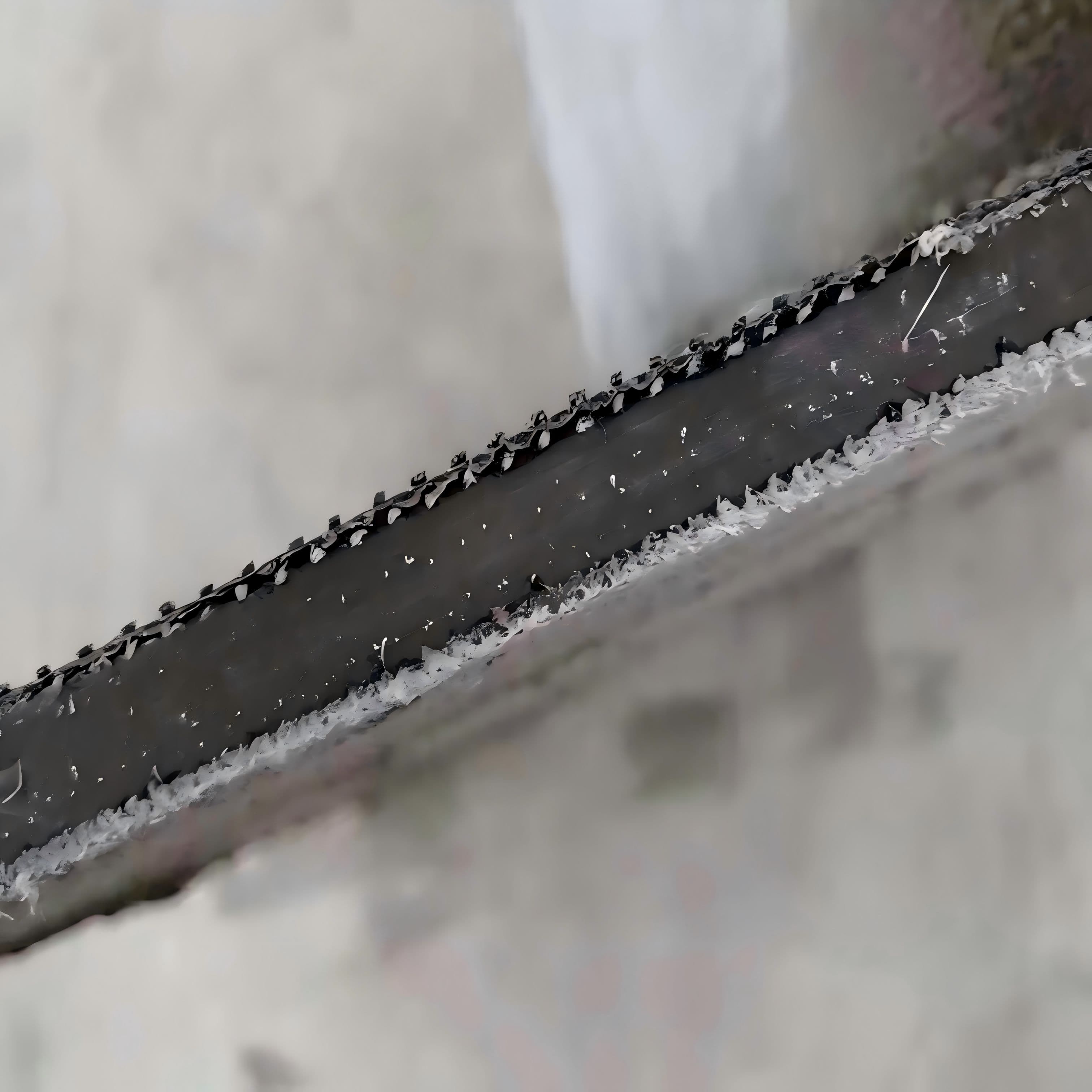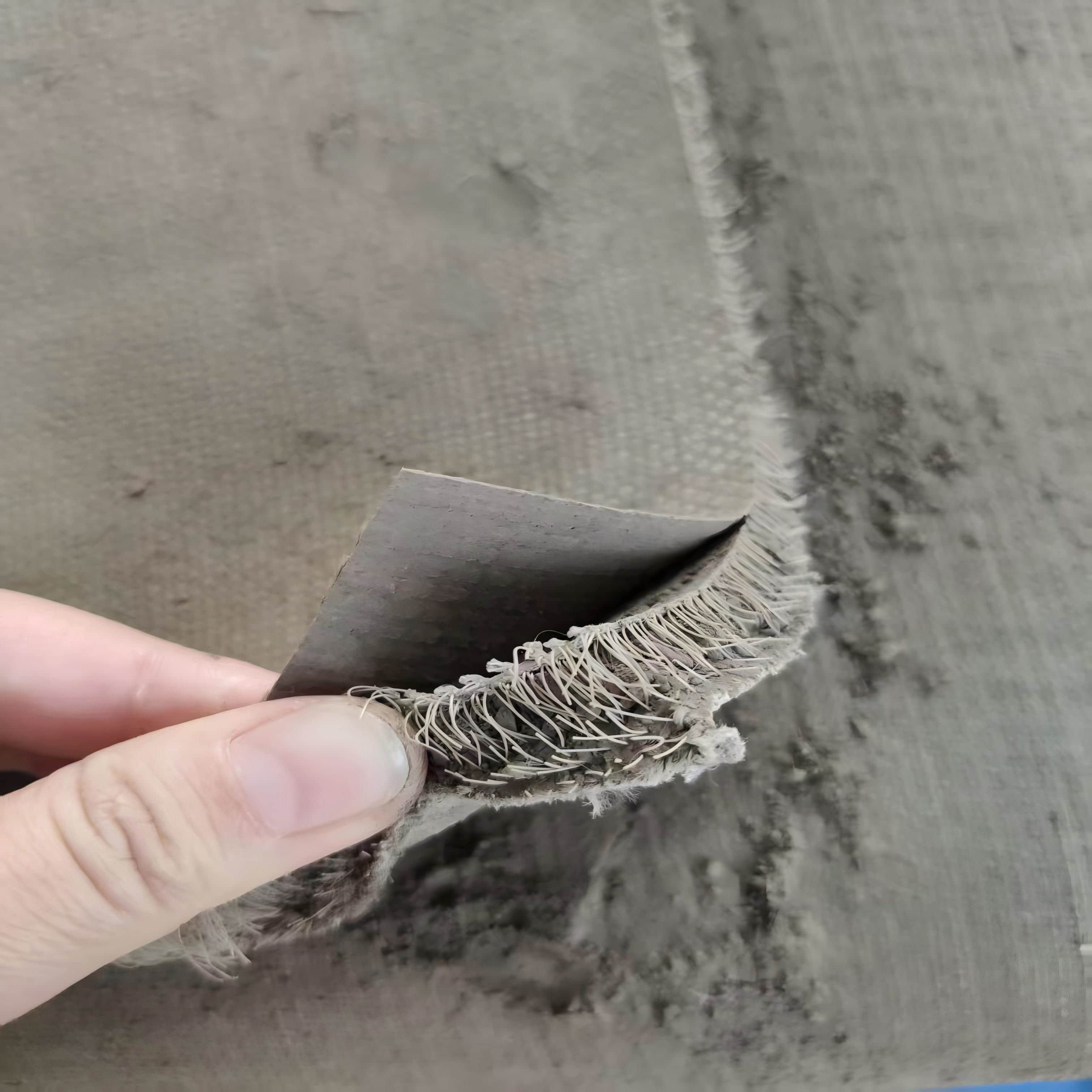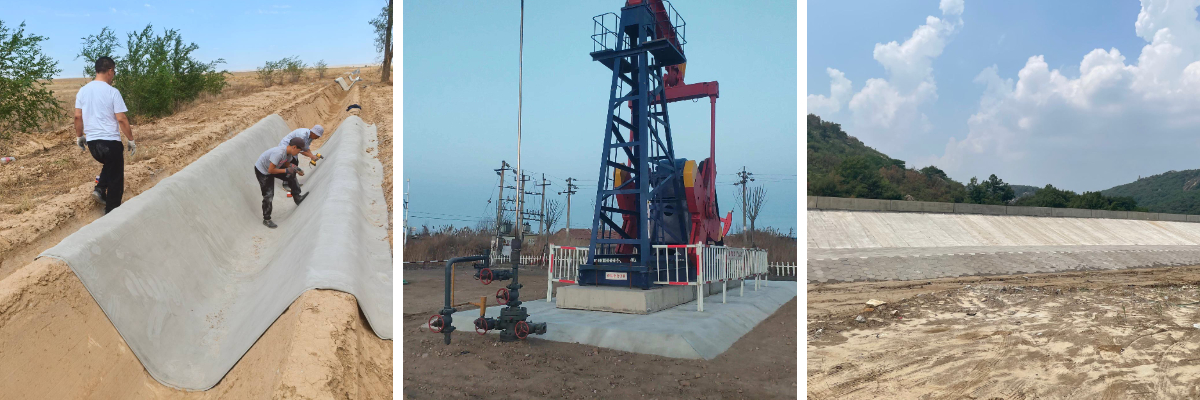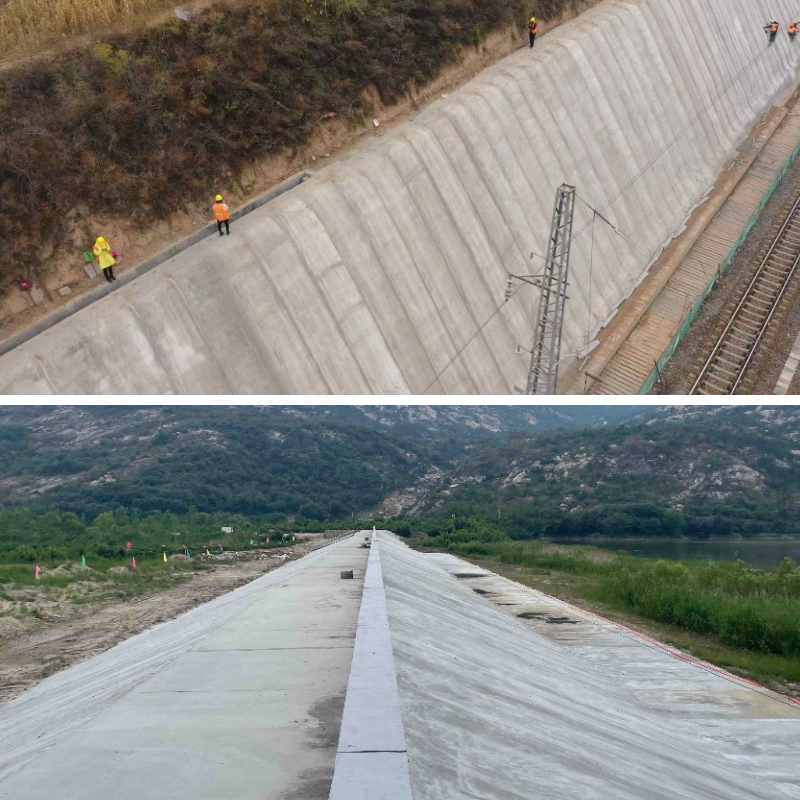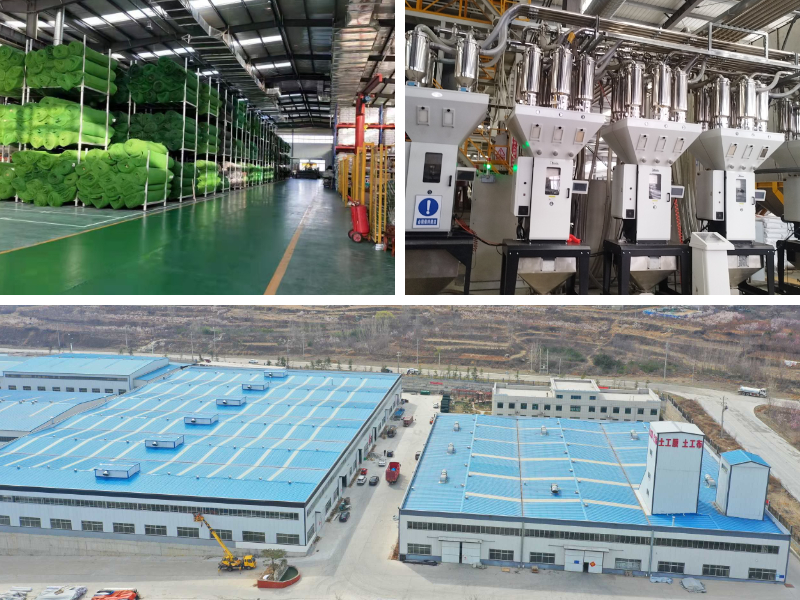Concrete Impregnated Fabric
1. Super convenient construction: It is supplied in a roll shape and can be manually transported without the need for large machinery. When laying, only watering is needed to trigger a reaction, and it can adapt to complex terrains and irregular structures, greatly saving manpower and time.
2. Excellent performance: After hardening, it has high strength and toughness, waterproof, fireproof, corrosion-resistant, low requirements for the foundation, can work stably in harsh environments, and has a long service life.
3. Environmentally friendly and efficient: The material usage is 95% less than traditional concrete, and there is no dust or noise pollution during construction. It can be cut arbitrarily to avoid waste and belongs to low-carbon environmental protection technology.
Product Introduction:
Concrete Impregnated Fabric is an innovative geosynthetic material that combines traditional concrete materials with textile technology. Its core characteristic is that it is in the form of a soft cloth when it leaves the factory, and after encountering water, it hardens into a high-strength concrete layer through hydration reaction. It has waterproof, fireproof, durable and other properties, and is widely used in construction, water conservancy, transportation, ecological restoration and other fields.
Characteristics and advantages
1. Convenient construction: provided in a roll shape, convenient for manual handling and transportation, without the need for large mechanical assistance. The laying process is simple, only watering is needed to trigger hydration reaction, and it can quickly solidify into a concrete layer. It can be constructed in various complex terrains and can be cut according to needs, greatly saving manpower and construction time.
2. Efficient and durable: The concrete layer formed by the fusion of three-dimensional fiber blanket and composite concrete dry powder material after water hardening has high strength and toughness, which can effectively prevent water infiltration and fire spread, and has a long service life.
3. Environmental Protection and Conservation: As a low-carbon technology, the material usage is reduced by up to 95% compared to traditional concrete. No concrete mixing equipment is required during construction, reducing dust and noise pollution. And it can be curled and cut freely to avoid material waste.
4. Controllable solidification: Through a special formula, rapid or delayed solidification can be achieved. Within 2 hours after watering and hydration reaction, its size and shape can still be processed, and it can harden to 80% strength within 24 hours, which can meet different construction needs.
5. Strong stability: Made of high-strength materials with good tensile and compressive properties, it has low requirements for the foundation and can work stably in various harsh environments, providing solid support for engineering structures.
6. Strong corrosion resistance: Made of corrosion-resistant materials, it can resist the erosion of harsh environments such as acid and alkali, salt spray, etc., and is not easily affected by chemical substances, thus maintaining good performance and extending service life.
7. Flexible application: It has good drape and can be laid according to the complex shape of the covered object surface, even forming a hyperbolic shape, suitable for the construction of various irregular structures.
Product Parameters:
| Property | State | 8mm | 10mm | 12mm | 15mm | Test Method | |
| Compressive strength(MPa) | cured 28 days | 60 MPa | D8329 | ||||
| Flexural strength(MPa) | cured 28 days | 15 MPa | D8058 | ||||
| Pyramid puncture(kN) | cured 28 days | 4.0 kN | 4.5 kN | 5.0 kN | 6.0 kN | D5494,Type B | |
| Abrasion (maximum value) | cured 28 days | 0.3 mm/1000 cycles | C1353/C1353M | ||||
| Tensile strength | Final | uncured | 20 kN/m | 30 kN/m | 35 kN/m | 40 kN/m | D6768/D6768M |
| Initial | cured 28 days | 15 kN/m | 25 kN/m | 30 kN/m | 35 kN/m | D4885 | |
| Final | 25 kN/m | 35 kN/m | 40 kN/m | 45 kN/m | |||
| Freeze-thaw | Residual initial flexural strenath(D8058) | cured 28 days, 200 cycles | >80 % (Pass) | C1185 | |||
| Water quality requirements for hydration | Tap water、River water、Seawater | / | |||||
| Construction temperature conditions | Construction above 0℃ | ||||||
| Fire protecting performance | B1 | GB 8624-2012 | |||||
| Harmful substance leaching test items | Limitation index (mg/L) | GB 5085.3-2007 | |||||
| Copper (total copper) (mg/L) | ≤100 | ||||||
| Zinc (total zinc) (mg/L) | ≤100 | ||||||
| Cadmium (total) (mg/L) | ≤1 | ||||||
| Lead (total lead) (mg/L) | ≤5 | ||||||
| Total chromium (mg/L) | ≤15 | ||||||
| Nickel (total nickel) | ≤5 | ||||||
| Arsenic (total) | ≤5 | ||||||
Product Applications:
1. Water conservancy engineering: It can be used for lining rivers, scenic lakes, water channels, etc. It can effectively prevent soil erosion, water leakage, protect the stability of riverbanks and lake shores, and can also be used for the protection and reinforcement of reservoir dams.
2. Transportation Engineering: Suitable for slope protection of highways and railways, preventing slope collapse, mudslides and other disasters. It can also be used for waterproofing and anti-corrosion treatment of bridges, as well as lining and anti-seepage of subway tunnels.
3. In the field of agriculture, it can be applied to the anti-seepage treatment of aquaculture ponds, reducing water leakage and improving water resource utilization. It can also be used for ground hardening and anti-seepage of livestock breeding sites, as well as lining of agricultural irrigation channels.
4. Military industry field: It can be used for rapid construction of military facilities, such as temporary parking aprons, ammunition storage shelters, etc. It can also be used for flood control and emergency rescue, quickly laying and forming flood control embankments, and can also be used as reinforcement materials for soft ground foundations.
5. Environmental engineering: It can be used for windproof and sand fixation, laying and fixing sand on the edge of deserts or in areas with strong sandstorms to prevent desertification from spreading. It can also be used for anti-seepage treatment of landfill sites and lining of sewage treatment plants.
6. Marine engineering: It can be used for the protection of submarine optical cables, preventing them from being eroded by seawater and damaged by external forces. It can also be used for anti-corrosion treatment of bridge piers, as well as for land reclamation and slope protection projects to protect coastal structures from wave impacts.
Cement blankets, with their high efficiency, speed, labor-saving, and low-carbon characteristics, are gradually replacing traditional processes, especially suitable for emergency projects and construction in remote areas.


